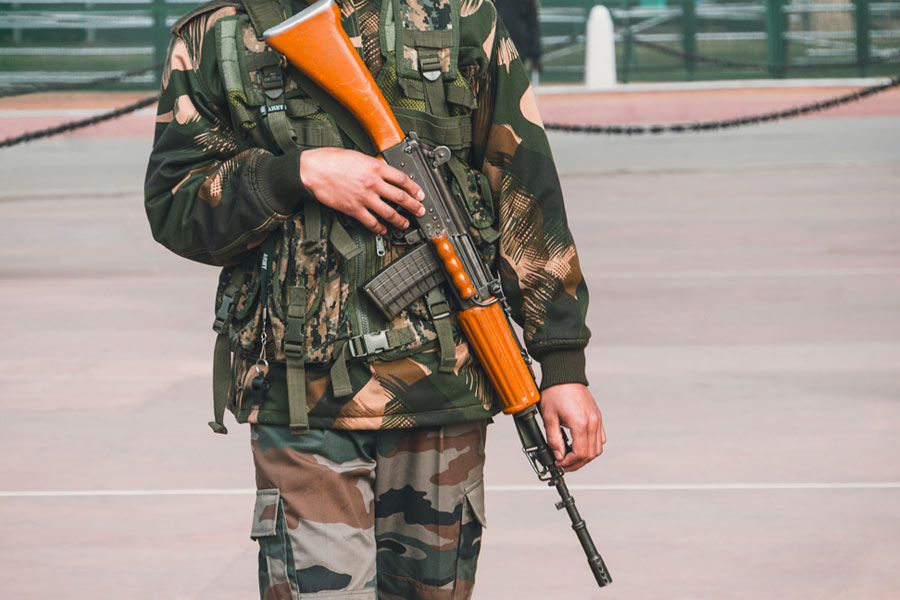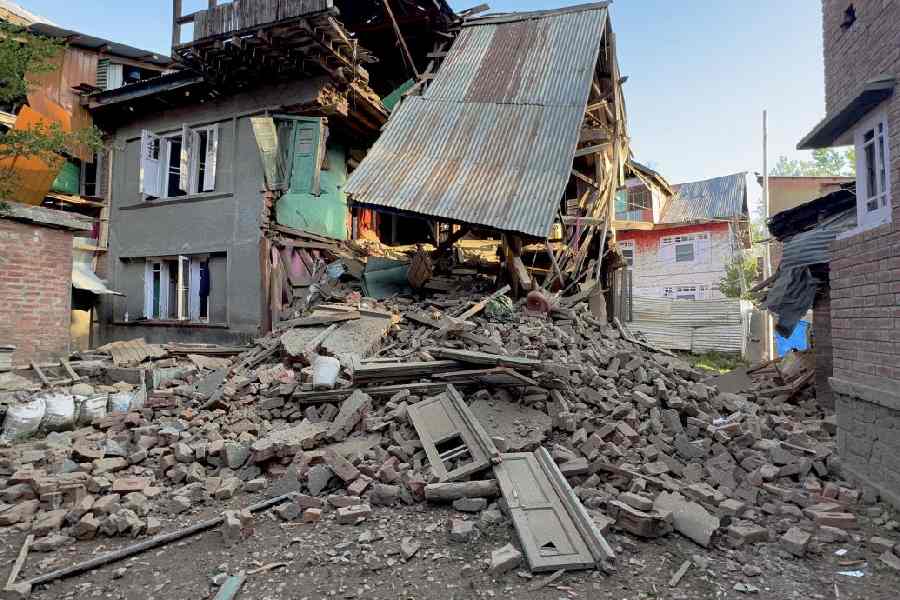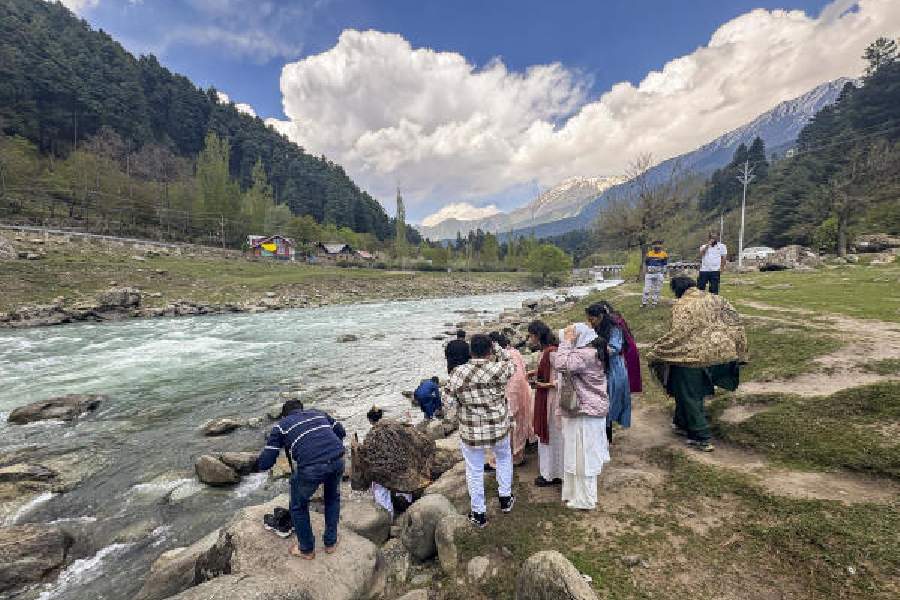Aizawl, March 27: A small village in Mizoram near the Myanmar border will soon feature on the archaeological map of India.
The ministry of cultural affairs has issued a final notification declaring the 9,000-square metre area, which has 200 ancient menhirs at Vangchhia village in Champhai district and 250km from the state capital, a site of national importance.
The convener of Intach Mizoram chapter, P. Rohmingthanga, today said the final notification was published in the Government of India Gazette: Extraordinary on February 17.
“With this, Intach Mizoram chapter’s endeavour to protect the 200 stone monuments of the 14th or 15th century AD has materialised,” he told The Telegraph.
The actual site where the menhirs, embossed with images of humans, animals and hunting scenes, is known as Kawtchhuah Ropui or the great entranceway. The menhirs are of different sizes and heights — the tallest one measuring 15 feet high, four feet wide and two feet thick.
Rohmingthanga said the menhirs of Mizoram have met all criteria required to become eligible for central protection.
It was Intach Mizoram chapter that had directed the Archaeological Survey of India’s (ASI) attention to this site.
“These monuments are full of pictorial embossing, depicting the Mizo chiefs, their warriors, weapons, tools, animals, ornaments and such like. The workmanship is exquisite, and obviously they were the products of very highly skilled artisans. It is also obvious that there must have been a sizable long-term settlement at the village as these monuments must have taken many years to finish them, and also there are many evidences in the village of such long-term settlement,” Rohmingthanga said.
“As and when experts decipher the message and the meaning of these pictorial messages, we shall be able to have a much clearer picture of the history and culture of the Mizo people, and also possibly a level civilization much beyond our expectations.”
The menhirs are unique to India’s northeastern region, said S.S. Gupta, superintending archaeologist at the Archaeological Survey of India’s Guwahati circle. “We see similar carvings from the historic period in central and south India, and hope to study these (in Mizoram) further, once they are protected,” he said.
No one is certain what these carvings are supposed to represent, but Gupta said they might be akin to the “heroic stones” found elsewhere in the sub-continent commemoration stones that carry images of game or warriors hunted or killed by chiefs or warriors of a particular clan, tribe or community.
According to legends, this Kawtchhuah Ropui is to a stone pathway locally known as Mirawng Lamlian, which runs all the way to the Tiau river that divides India and Myanmar. Intach Mizoram chapter has begun a quest for the lost pathway.
As the ASI will bear all the cost of protection and maintenance of the heritage site, the state government will not be involved, Rohmingthanga said.
“The ASI will fence the 9,000 square metre area and provide a minimum of two to three staff to guard it. The state government will not be involved except for giving suggestions to the ASI on the maintenance,” the Inatch chapter convener said.










